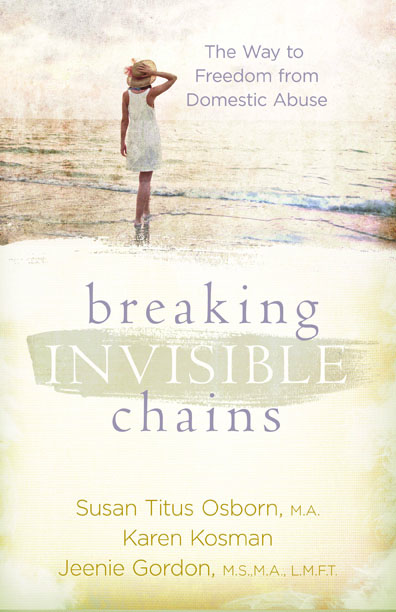Using Commas in Dialogue
There seems to be some confusion when using commas in dialogue. The commas and periods always go inside the quotation marks, whether single or double. Example: “I want to go with you,” he said. Or: He said, “I want to go with you.” I constantly see errors regarding this rule in print. The Chicago Manual of Style says this is the traditional style, and was used well before the first edition of the manual in 1906.
Question marks and exclamation points go inside if they are part of the dialogue and outside if they are part of the entire sentence. Example: Why did I keep hearing over and over in my head the words, “I’ll never forget you”? Before he said good-bye, he asked, “Will I ever forget you?”
“Commas in Adverbial Phrases and Clauses” will be the topic of next week’s blog.


